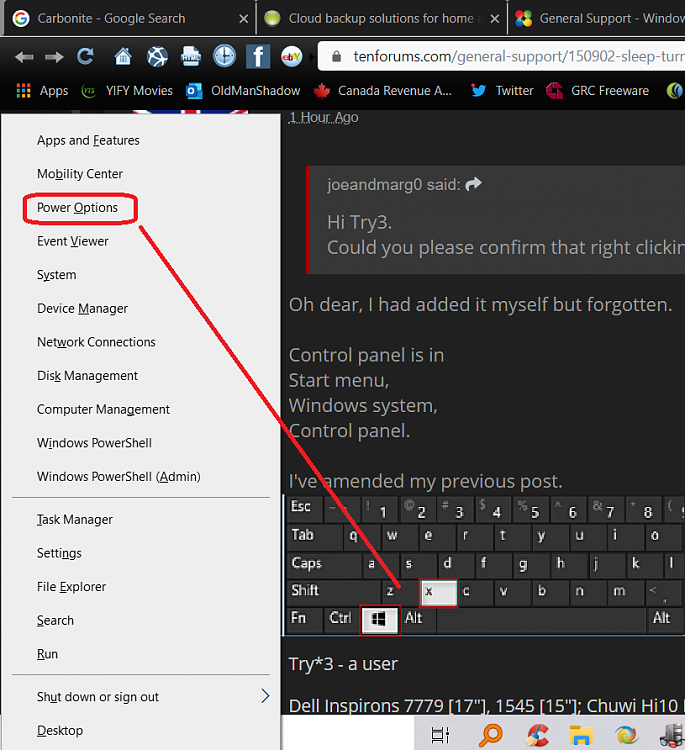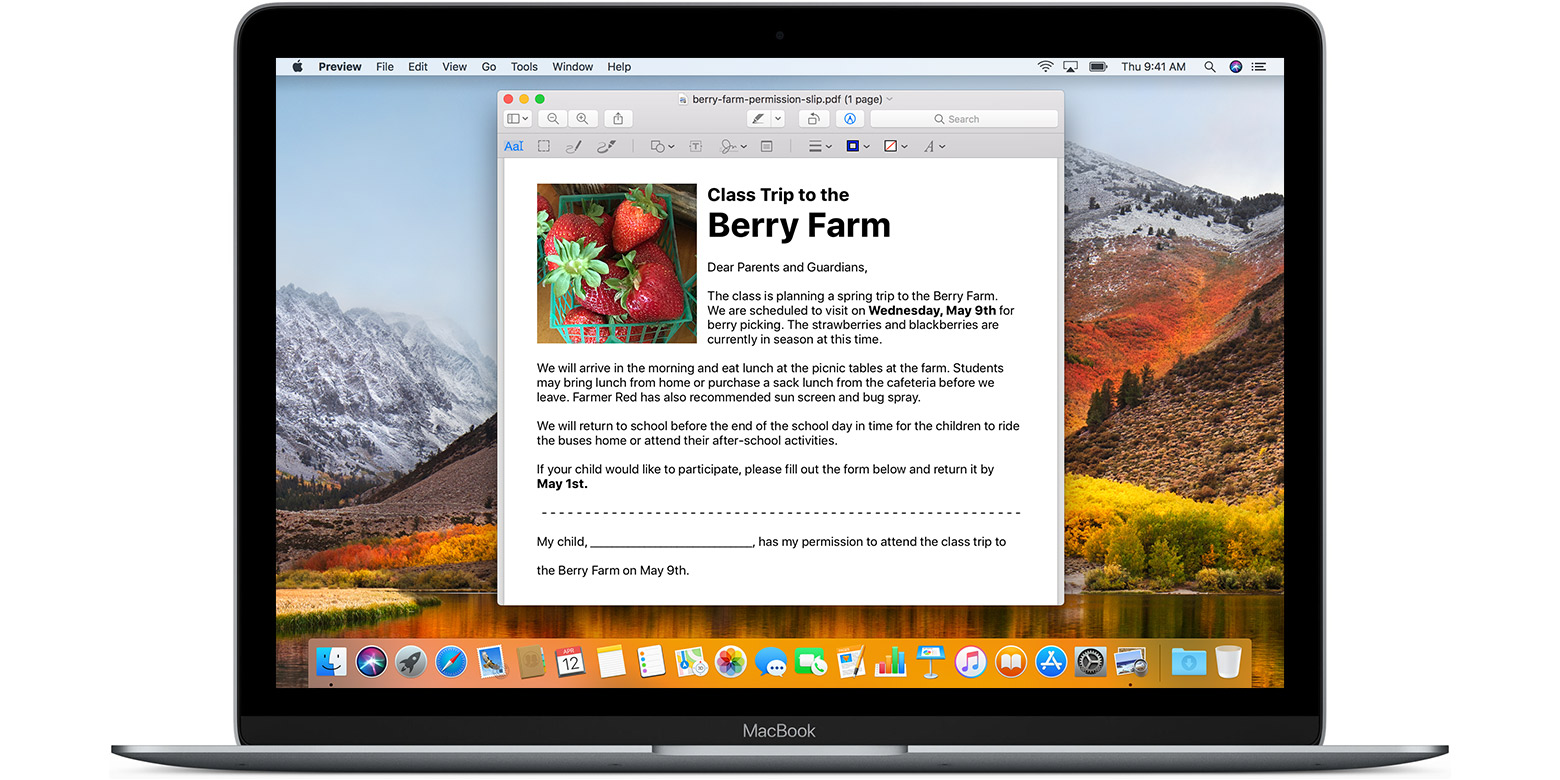

The style used in Lovelace interactive learning environment. Pygments version of the official colors for Igor Pro procedures. Style similar to the Xcode default colouring theme. Minimalistic "rrt" theme, based on Zap and Emacs defaults. The Crunchy default Style inspired from the color palette from the Tango Icon Theme Guidelines. Pygments version of the "native" vim theme. Port of the default trac highlighter design. Style similar to the style used in the borland IDEs. Style similar to the pastie default style.
IGOR PRO ANNOTATION OFF SCREEN CODE
Style similar to the style used in the perldoc code blocks. This style mimics the Monokai color scheme. The default style (inspired by Emacs 22).Ī modern style based on the VIM pyte theme.Ī colorful style, inspired by the terminal highlighting style. Similarly, in Sublime via the LaTeXTools package, you can add custom builds to your project file (or anywhere else, for that matter). In Texmaker, the same menu is available via User > User Commands > Edit User Commands. Look for something like User Builds, Custom Commands, or the like.įor example, in TeXstudio, you can add custom builds via Configure TeXstudio > Builds > User Commands. It's a pain to toggle custom builds off and on, but having to rebuild your system after an attack is worse. Don't add -shell-escape to all of your build profiles. You've probably got an editor with some build commands stored. Output written on sample.pdf (1 page, 48380 bytes).Ĭhances are you're not actually building from the CLI every time. $ pdflatex -interaction =nonstopmode -halt-on-error -shell-escape sample.tex
IGOR PRO ANNOTATION OFF SCREEN INSTALL
You can lazily install both with any trouble. Pygments needs >=2.6 or >=3.3, depending on your version of Python. Minted requires a few things to get up and running. I'm just not sure that it can achieve the same level of regex wizardry that goes into some of the pygments code. I don't know, though (and if I'm wrong, I'd love to hear about it). Personally, I feel like a general-purpose scripting language used in all areas of tech is a stronger contender than a typesetting system many of my peers have struggled to learn. Essentially it boils down to where you want to customize. Recognizable styles, a massive library of lexers, and simple customization through Python make minted, by way of pygments, a veritable utility knife. minted isn't quite as flexible, but it does have access to most of the pygments features.

It's a beast of an application that can do just about anything you want re: syntax highlighting. You've probably seen pygments in action already. It uses the pygments project to parse and highlight. Moving beyond its predefined scopes (or easily discoverable internet styles) is a challenge, though, because parsing and tokenizing code in LaTeX is just about as hard and ridiculous as it sounds. You can define new languages yourself, add different keywords, and style to your heart's content. Out the box, it supports a broad range of languages. The next step up (or rather many steps up) is the listings package. Its ease of use comes at the cost of basically all the context clues well-formatted and styled code can provide.

It's quick, it preserves formatting, and it requires no set up. The easiest way to present code in LaTeX is to use the verbatim environment. You can view the code related to this post under the post-01-overview tag. The post provides a few examples of things you can do with minted, details the installation process, and covers some basic security. Adding pygments to LaTeX streamlines so many things. This post serves as an introduction to minted, a pygments-based syntax highlighter for LaTeX.


 0 kommentar(er)
0 kommentar(er)
